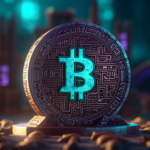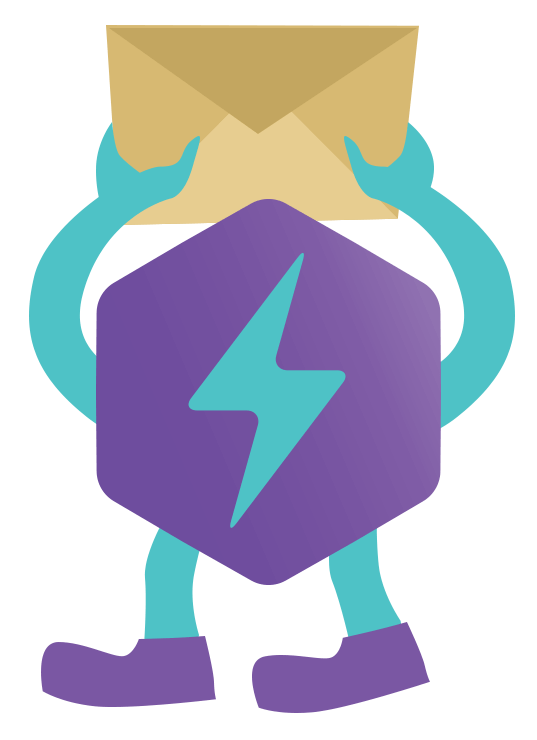If you’ve been hearing the buzz around NFTs, non-fungible tokens, and want to delve into the world of digital assets and crypto, you’re in the right place. In this comprehensive guide, we will break down the concept of NFTs from the ground up, exploring what they are, how they work, their value, and much more. By the end of this article, you’ll have a solid understanding of what NFTs are and why they have become such a prominent part of the digital landscape.
Table of Contents:
- What is an NFT?
- How do NFTs Work?
- The Crypto Connection: Understanding Tokens
- The NFT Marketplace: Where to Buy and Sell
- NFT Use Cases: Beyond Digital Art
- Examples of NFTs That Made Headlines
- The Future of NFTs: Are They Here to Stay?
Now, let’s dive into each of these sections to unravel the fascinating world of NFTs.
What is a Non-Fungible Token (NFT)?
At its core, an NFT, or Non-Fungible Token, is a digital asset that represents ownership or proof of authenticity of a unique item or piece of content using blockchain technology. Unlike cryptocurrencies such as Bitcoin or Ethereum, which are fungible and interchangeable, NFTs are one-of-a-kind and cannot be replicated. Each NFT has a distinct value and set of properties that make it unique, allowing the owner to use NFTs in many different ways, including buying NFTs, curating their NFT collection, participating in the NFT market, appreciating NFT art, and supporting innovative NFT projects.
NFTs have gained immense popularity for their ability to provide digital scarcity and ownership in a world where digital content can be easily duplicated and shared. They can represent various forms of digital assets, including digital art, music, collectibles, virtual real estate, and more.
Related: What is an NFT? The Complete Beginner’s Guide
How do NFTs Work?
To understand NFTs and Cryptocurrencies, it’s essential to grasp the underlying technology: blockchain. NFTs are created and recorded on a blockchain, which is a decentralized and transparent digital ledger. This ledger ensures the provenance and authenticity of the NFT, making it tamper-proof and verifiable.
When an NFT is minted, a unique token is generated on the blockchain, and ownership is assigned to the creator or seller. This token contains metadata that describes the NFT, including its title, creator, and a link to the asset it represents. This information is crucial for buyers and collectors to assess the value and authenticity of the NFT.
Related: How To Make and Sell An NFT: The Definitive Guide
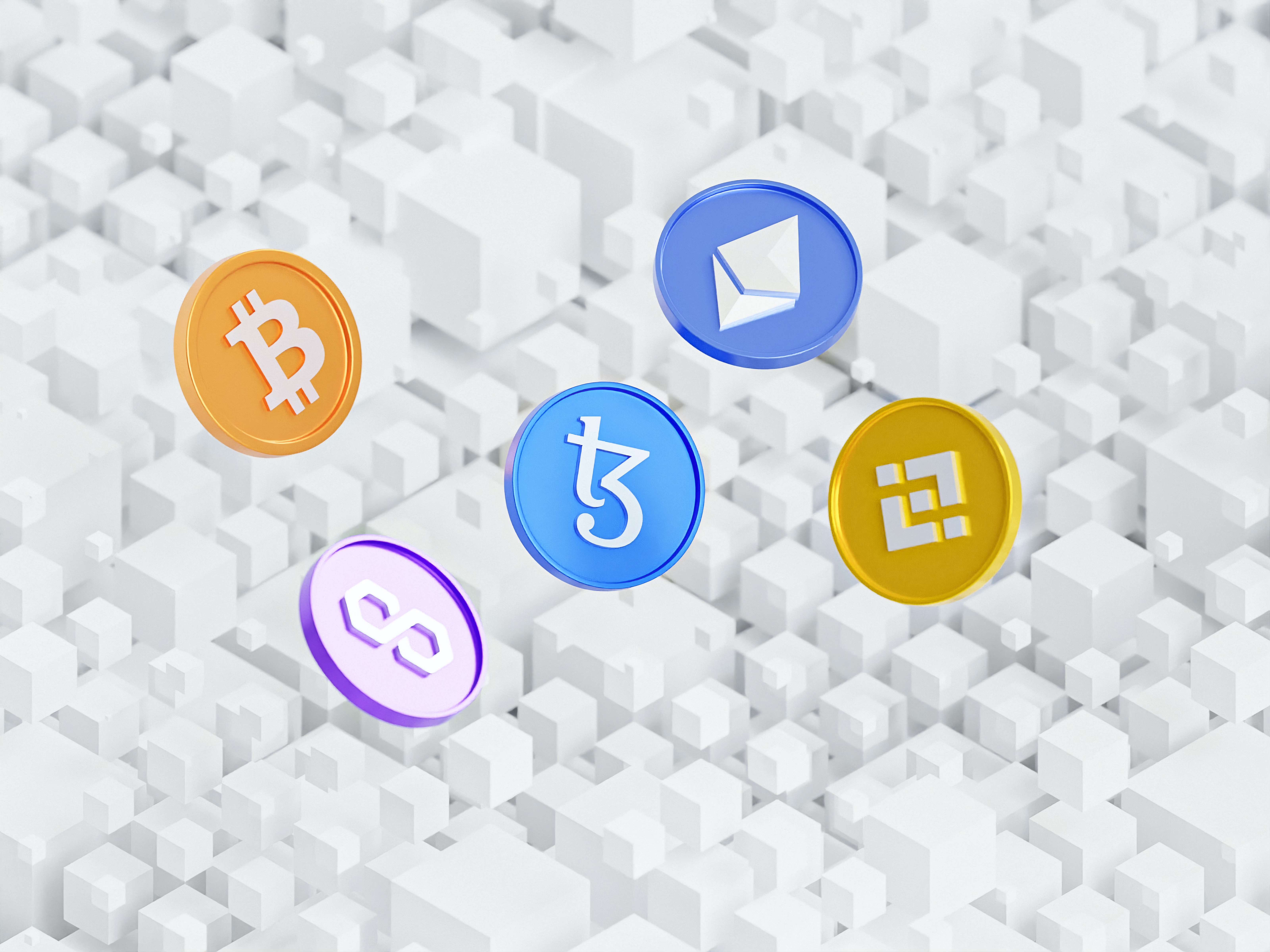
How to Buy NFTs
NFTs are frequently linked to cryptocurrencies like Ethereum, mainly because most NFTs are built upon blockchain networks that support smart contracts. Ethereum, in particular, has established itself as a prominent platform for NFTs, owing to its robust smart contract capabilities.
Traditionally, to acquire an NFT, one would typically use cryptocurrency, such as Ethereum’s native currency Ether (ETH), to place bids or make purchases. This association with cryptocurrencies adds a layer of financial value to NFTs, as their prices can fluctuate based on market dynamics and investor sentiment.
However, it’s worth highlighting that although many believe NFTs can only be obtained through cryptocurrency-related transactions, there are services like NFTpay that simplify the process. With NFTpay, you can purchase NFTs without the need for direct involvement in cryptocurrency transactions. All you require is a valid email address and either a credit card or a linked bank account. This user-friendly approach makes acquiring NFTs far more accessible.
Related: Do You Need a Crypto Wallet for NFTs?
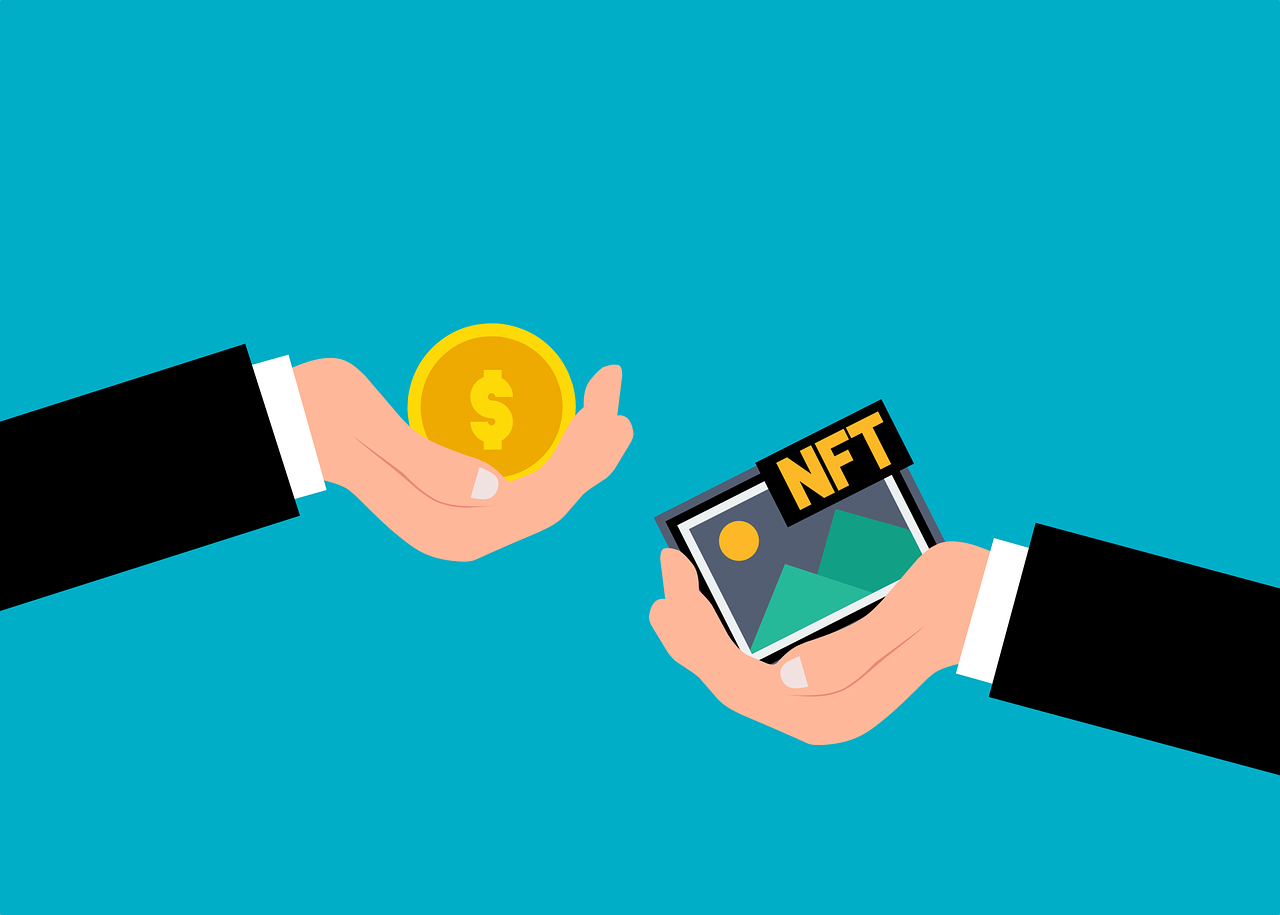
Examples of Popular NFT Marketplaces
If you’re interested in buying or selling NFTs, you’ll need to explore NFT marketplaces. This is where creators, collectors, and investors come together to trade NFTs. One of the most popular marketplaces is OpenSea, where you can find a wide range of NFTs, from art to virtual land parcels.
When you sell an NFT on a marketplace, you can set a reserve price or auction it to the highest bidder. Once the NFT is sold, the ownership is transferred to the buyer, recorded on the blockchain, and the creator receives their share of the sale.
As the NFT space grows, numerous marketplaces have emerged to cater to different niches and preferences of people who are interested in NFTs. Some popular examples of NFT marketplaces include:
- OpenSea: One of the largest NFT marketplaces with a diverse range of NFTs.
- Rarible: A decentralized marketplace where users can create, buy, and sell NFTs with ease.
- Blur: A more advanced trading platform with analytics and trading tools.
- SuperRare: Focused on art, SuperRare offers a platform for artists to showcase and sell their creations.
Related: A Beginner’s Guide to Collecting NFTs
NFT Use Cases: Different Types of NFTs
While art NFTs are still the focus of significant attention, it’s essential to recognize that the utility of Non-Fungible Tokens extends far beyond the boundaries of the art world. These digital assets are heralding transformative changes across various industries, unlocking new opportunities and redefining conventional norms. Let’s take a closer look at some of the exciting NFT applications:
- Gaming: NFTs have injected fresh life into the gaming universe. They empower players to truly own and trade in-game items, characters, and even virtual real estate. Say goodbye to those days when your hard-earned gaming achievements stayed locked within the confines of the virtual world. With NFTs, your gaming prowess can translate into tangible assets and real life cash!
- Entertainment: Musicians, filmmakers, and content creators are embracing NFTs. They’ve discovered a groundbreaking way to connect with their audience by offering exclusive content, experiences, and collectibles as NFTs. Imagine owning a limited edition song from your favorite artist or a snippet of an upcoming blockbuster movie. NFTs are reshaping how we consume and cherish entertainment.
- Real Estate: In this frontier, Non-Fungible Tokens have the remarkable ability to signify ownership of both virtual real estate and tangible properties in the physical world. Whether it’s a bustling virtual city or a serene countryside retreat, NFTs serve as your title deeds, granting you ownership rights.
- Collectibles: Collectors have found a digital treasure trove in NFTs. Rare trading cards, beloved virtual pets, and an array of any type of collectibles are being tokenized as NFTs. These tokens grant authenticity and ownership, transforming cherished items into verifiable digital assets. Your childhood trading card collection or that beloved virtual pet from your favorite game can now live on the blockchain as valuable NFTs.
- Digital Documents and Files: Almost any digital document, from contracts to certificates and even rare manuscripts, can be transformed into an NFT. This provides a secure and verifiable way to prove ownership and authenticity of important digital assets.
Related: How Global Brands are Embracing NFT Innovation
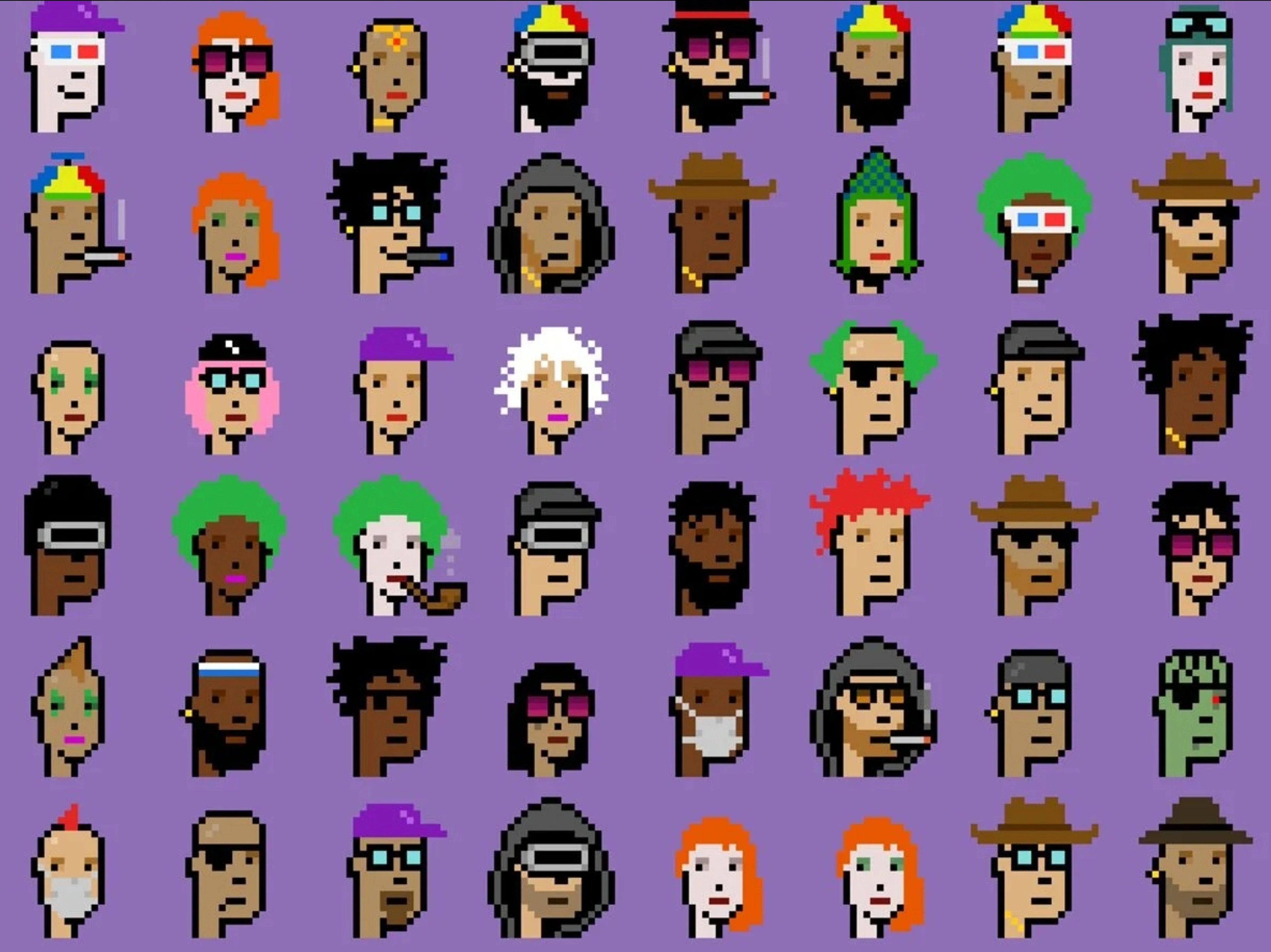
Examples of NFTs That Made Headlines
The world of NFTs has witnessed several remarkable moments, where these digital assets have not only garnered widespread attention but have also left a significant mark on our culture. Let’s delve into some of these notable instances:
- CryptoPunks: Widely regarded as pioneers in the NFT space, CryptoPunks are a fascinating collection of unique, pixelated characters. These early NFT collectibles set the stage for what was to come in the world of non-fungible tokens. CryptoPunks are also the very first NFT collection of 10,000 generated art.
- Bored Ape Yacht Club: This intriguing collection comprises 10,000 hand-drawn NFT apes, each one with its distinct personality and characteristics. While they are many other 10k collections that came before them, The Bored Ape Yacht Club became a sensation, attracting a massive and dedicated following of collectors and enthusiasts. An easily recognizable and memorable brand was born!
- Beeple’s “Everydays: The First 5000 Days: An extraordinary digital art piece created by the artist Beeple made history by selling at auction for a staggering sum of over $69 million. This momentous sale firmly established itself as one of the most expensive NFT transactions in history.
These noteworthy examples underscore the incredible diversity and value that NFTs contribute to the digital landscape. They represent not only the artistic and creative potential of NFTs but also their ability to reshape the way we perceive and engage with digital assets.
Related: Rocket League Uproar Is a Rallying Cry for NFTs in Gaming

The Future of NFTs: Are They Here to Stay?
NFTs have undoubtedly captured the spotlight in recent times, drawing both significant attention and substantial investments. The question that naturally arises is whether NFTs are a passing trend or a lasting revolution. Opinions on this matter may differ, but what remains evident is that NFTs have introduced an entirely new dimension to the concept of digital ownership and creative expression.
The journey of NFTs is intricately tied to the evolution of blockchain technology itself. As blockchain continues to advance and mature, NFTs are poised for further growth and innovation. The expanding market for NFTs offers a glimpse into their enduring potential within the digital economy.
In summary, NFTs signify a transformative paradigm shift in our perception and interaction with digital assets. They have already established themselves as a significant force in the realms of art, entertainment, and collectibles. The resounding answer to the question of whether NFTs are here to stay is a resounding “YES!” NFTs not only unlock fresh avenues for creators, collectors, and investors but also challenge the conventional notions of ownership in the digital age. As the NFT landscape continues to evolve and flourish, there’s no doubt that we are in the midst of an exhilarating era to explore and engage with this groundbreaking technology.
Related: Harnessing the Power of NFTs and E-commerce to Shape the Future
Key Takeaways:
- NFTs, or Non-Fungible Tokens, are unique assets that represent ownership and authenticity using blockchain technology.
- NFTs are created, bought, and sold on blockchain-based marketplaces, often using cryptocurrencies like Ethereum but can be purchased using a card from services like NFTpay.
- NFTs have diverse use cases beyond art, including gaming, entertainment, real estate, collectibles, and any other digital record.
- Notable NFT examples include CryptoPunks, Bored Ape Yacht Club, and Beeple’s “Everydays.”
- NFT Marketplace OpenSea, Rarible, Blur, and SuperRare offer a wide range of NFTs for exploration.
- The future of NFTs holds promise as blockchain technology continues to evolve, providing new opportunities for creators and collectors alike.
Ready to explore the fascinating realm of cryptocurrencies and blockchain technology further? Stay connected with us to unlock the secrets of this transformative technology, discover innovative use cases, and stay ahead of the curve in the fast-paced world of digital finance.
Your exploration of the digital frontier begins here!
More About NFTpay: NFT Checkout Solution | NFT Credit Card Integration Tools







